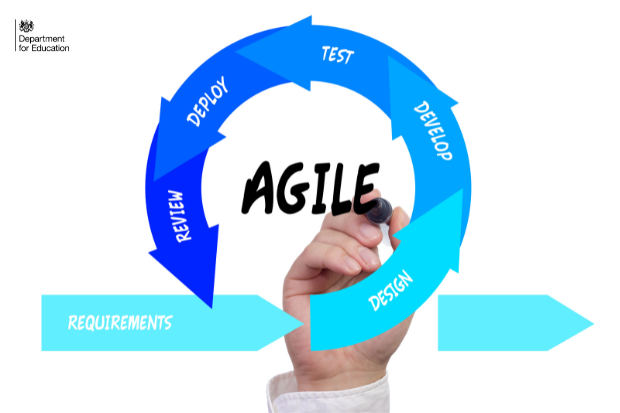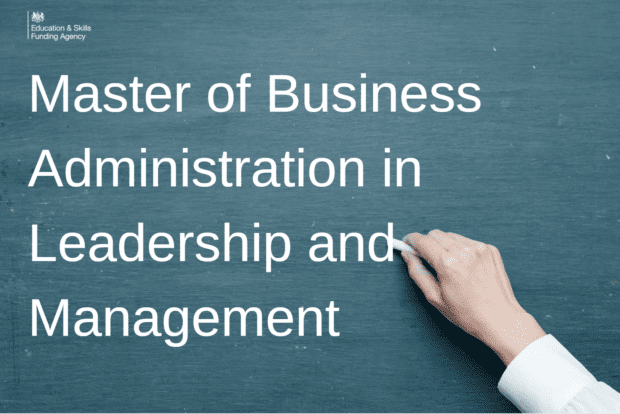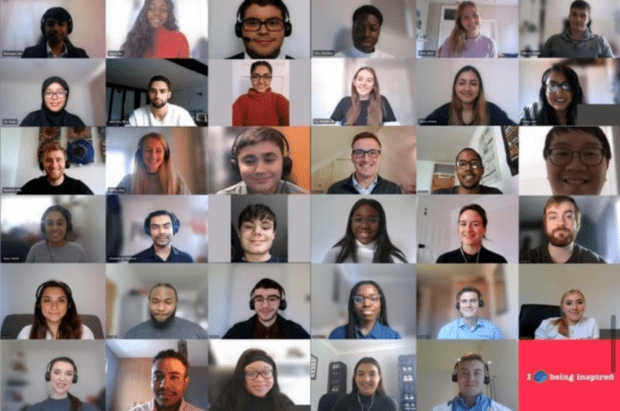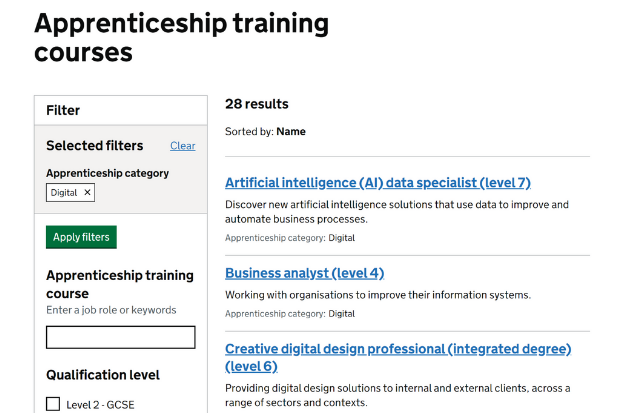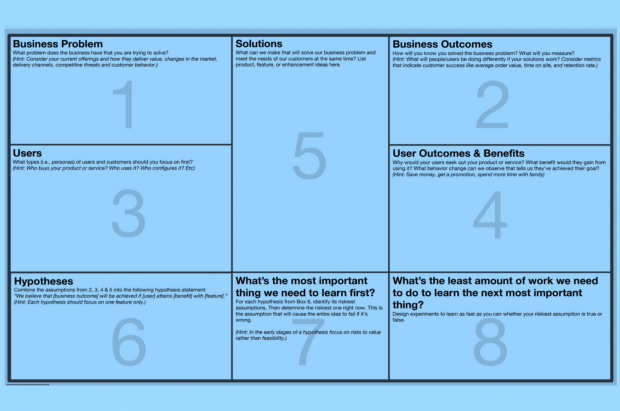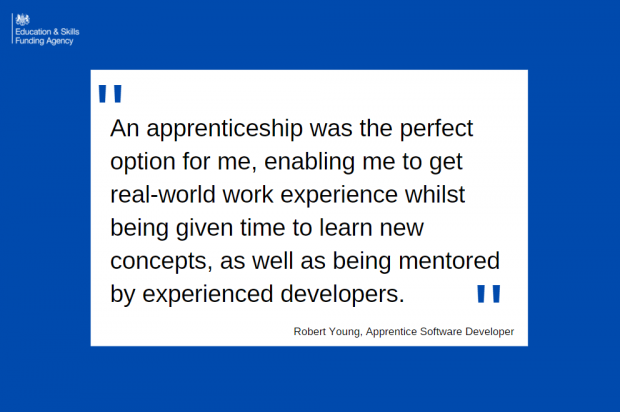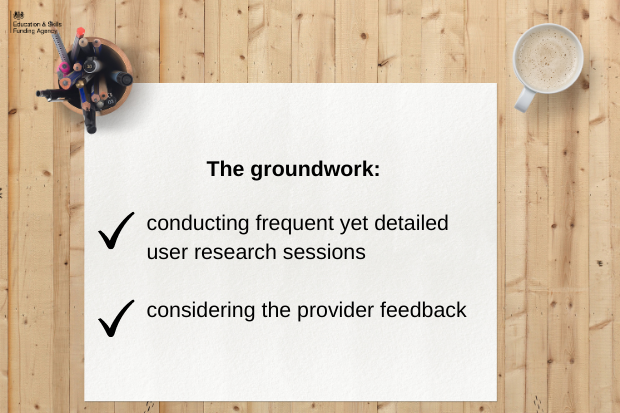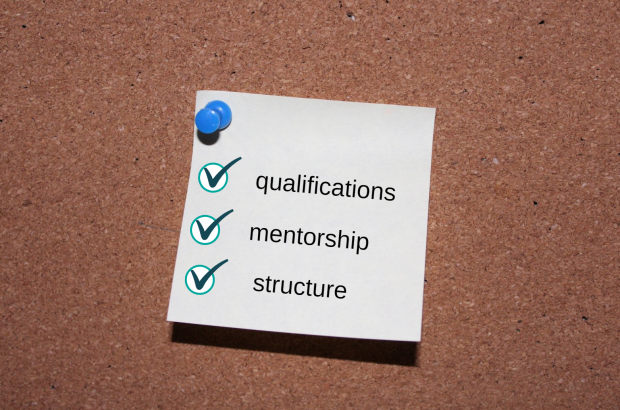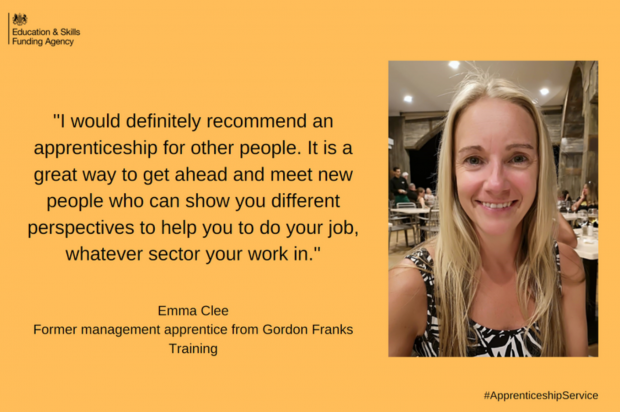Why in a time when change is constant is it so important to create stability for our users?
Why in a time when change is constant is it so important to create stability for our users?
Making accurate payments to providers and employers is a key aim of the Apprenticeship Service and a key user need to address. Gary Tucker, Deputy Director at the Apprenticeship Service, talks about how the Service has created very accurate payments and built a capability to ensure apprentices are given the opportunities they deserve.
